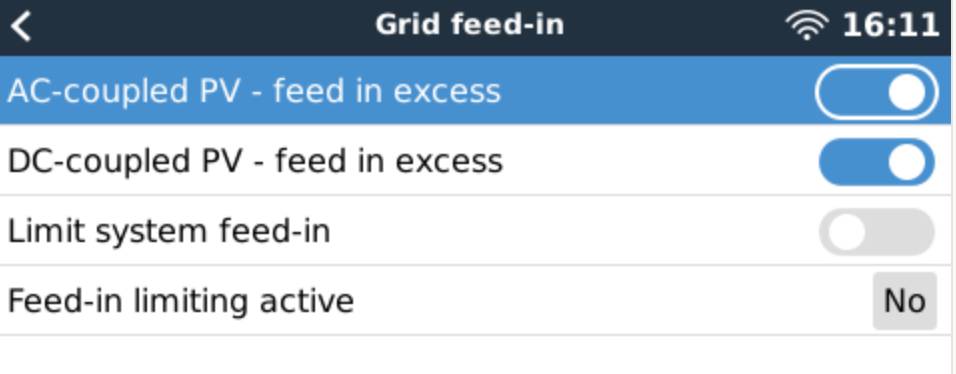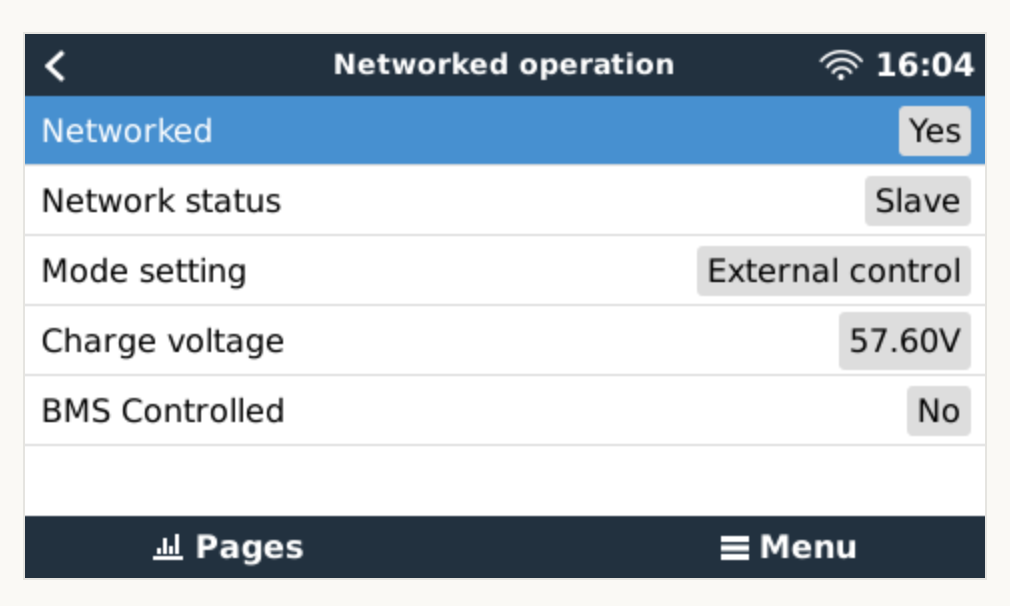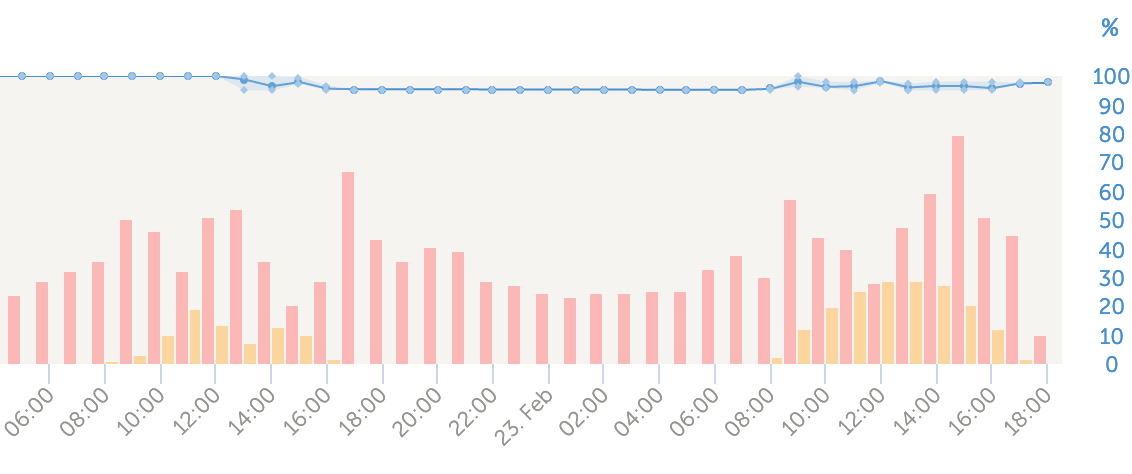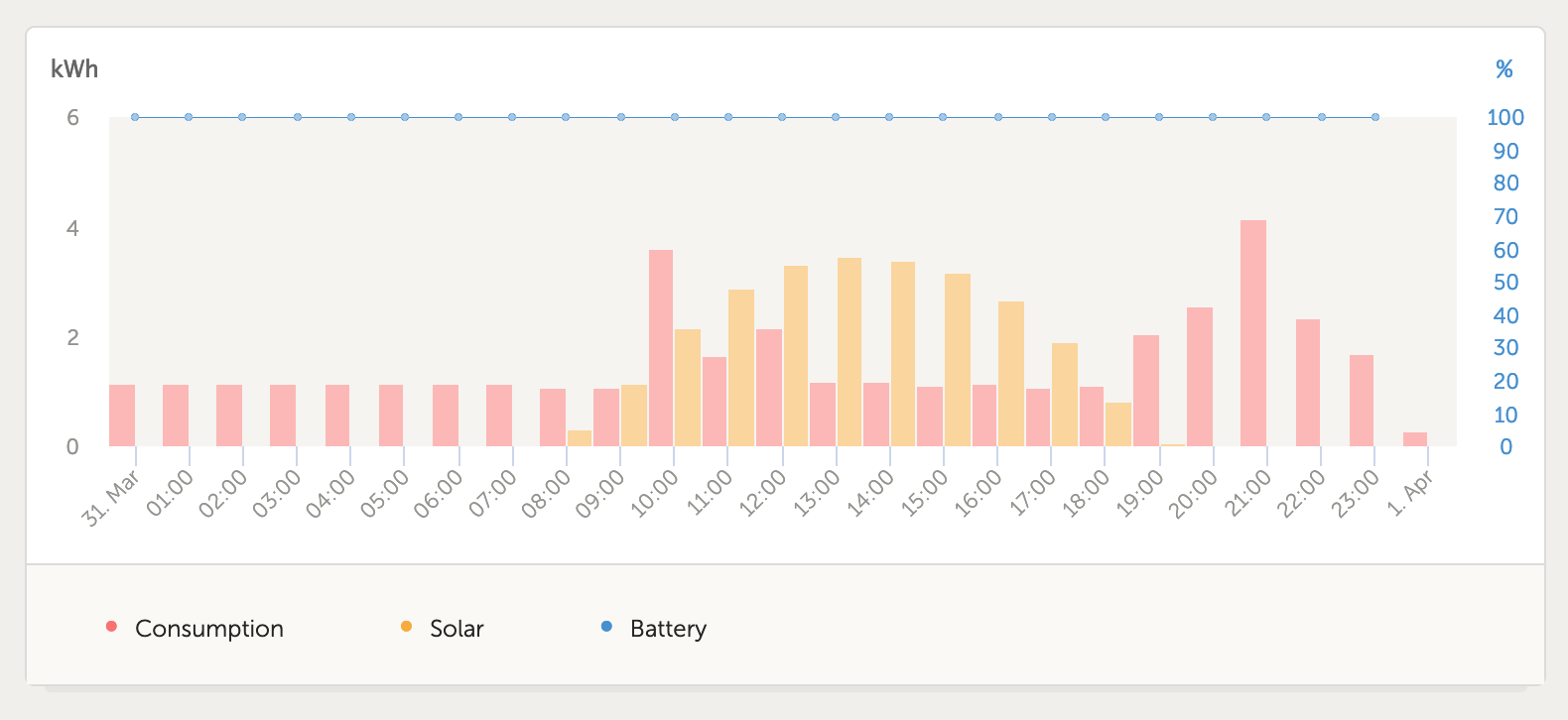Hi,
After I have replaced my Smart Solar 150/85 with a brand new VE.can rev2 model, the ESS Grid Feed-in option does not work anymore in "keep batteries charged" mode.


The system is attached to the grid most of the time and I'm using the batteries for UPS application.
Basically when batteries are fully charged, the MPPT does not output any power anymore.

If I disconnect the grid input momentally and I reconncet it so that the batteries get recharged, I can verify the PV and charger output some power.

Also with the old Smart Solar 150/85, this function was working perfectly.
I have no DVCC and this is what's shown on CCGX under SmartSolar MPPT VE.Can 150/85 rev2 > Networked operation tab:

So far I tried:
- Updating CCGX firmware to latest 2.6.
- Changing battery monitor from BMV-700 to Quattro
but nothing helped. What am I missing?
Let me know if you need more information about the configuration.




